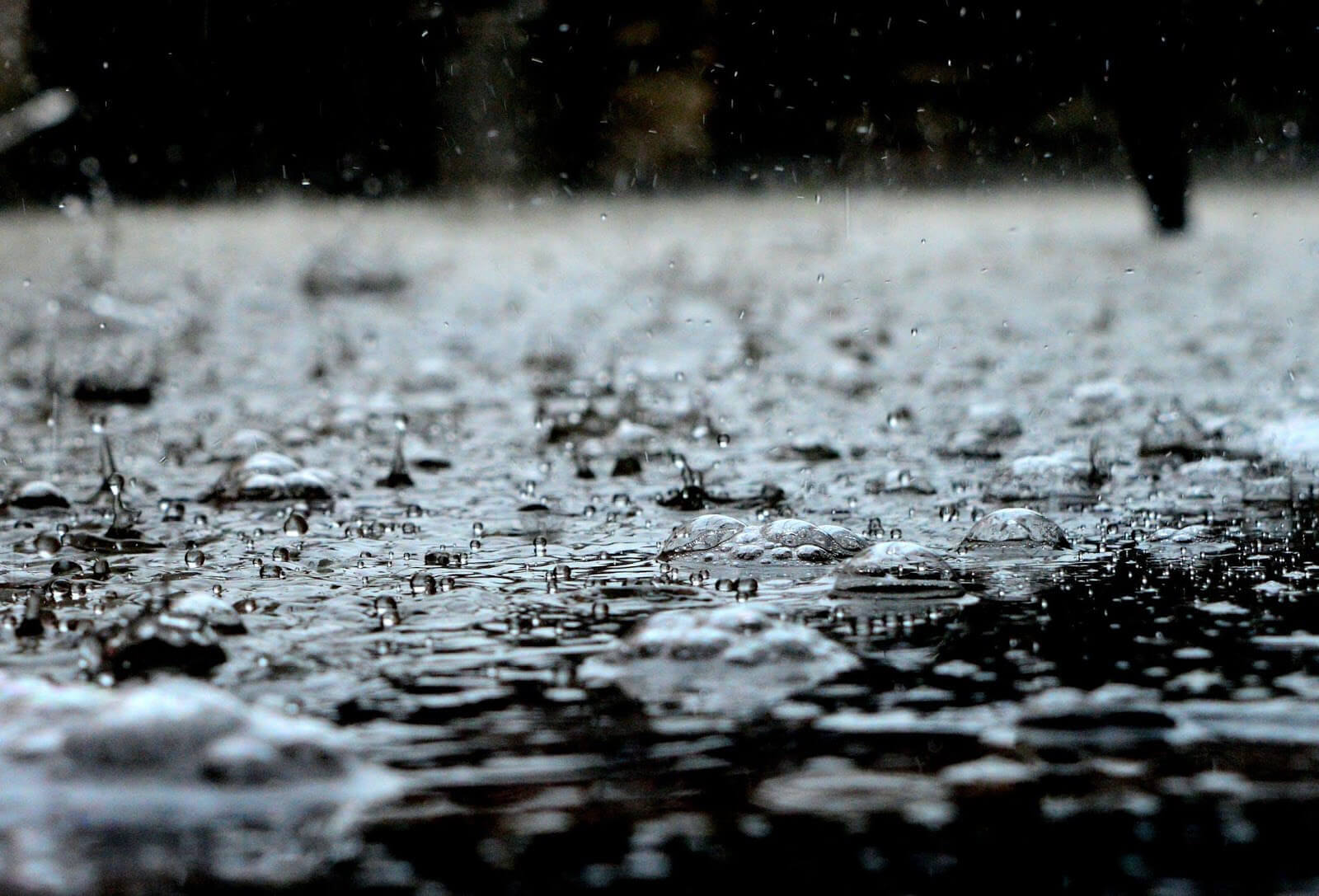Knowing the drainage flow rate capacity of channels is arguably the most important aspect to consider when installing both surface water drainage and foul water drainage systems ...
Choosing undersized drainage channels can create blockages, causing water to seep into a building’s walls, floors and structure, as well as into the surrounding environment. And no one wants to have to deal with water seepage and flooding.
How can we calculate drainage flow rate accurately? What are the variables to consider when planning how to calculate drainage flow rate for a specific project? Let’s find out.
Variables for calculating surface water drainage flow rate
The most important variable when choosing a drainage channel is the amount of surface water that it will have to accommodate. More specifically, the volume of rainwater that needs to be drained is the top priority to consider. How much rainwater needs to pass through the channel in a given period of time? What is the slope of the terrain where it will be installed? How important is the size and grid pattern of the grating of the channel drain cover?
How to calculate flow rate: Volume of rainwater to remove
The volume of rainwater that passes through the channel varies according to location and expected rainfall. Among the variables to keep in mind for a correct calculation of the expected volume of water are:
- The area, in square meters or square feet, where the water that needs to be removed will accumulate - e.g. roof, patio, etc. This is calculated based on the areas receiving higher precipitation (flow through gutters, for example).
- The run-off coefficient. This figure is calculated on an annual basis and takes into account the permeability of the surfaces involved in the drainage system. For example, agricultural soil and meadows have a relatively lower coefficient (around 0.10 - 0.15) as they absorb water more easily than asphalt or concrete, which have poor permeability (0.85 - 1.00).
- Precipitation intensity expressed in millimeters per hour or inches per hour. The expected rainfall intensity is determined by observing historical data. This is normally available from local weather records and meteorological centers. With global warming and climate change and much more frequent extreme rainfall events, it is prudent to over-estimate the likely rainfall intensity, rather than to rely entirely on historical figures.
Using these inputs, the formula to predict the peak runoff is called the Rational method:
Formula for calculation in US Measurements

Where:
V = Maximum rate of run-off in US gallons per minute (GpM)
ß = run-off coefficient
lcr = maximum rainfall intensity, expressed in inches per hour (in/hr)
A = area of the drainage surface in square feet (sq. ft)
Formula for calculation in Metric Measurements

Where:
V = Maximum rate of run-off in liters per second (l/sec)
ß = run-off coefficient
lcr = maximum rainfall intensity, expressed in mm per hour (mm/hr)
A = area of the drainage surface in square meters (m²)
The channel drain slope
Once the maximum rate of run-off is known, we need to consider the slope at which the channel drain will be installed in order to choose a suitable channel. The greater the slope, the greater the flow rate.
However, keep in mind that there is an absolute minimum slope for drainage channel installation, which is at least 0.5%.
Drainage channel sizes
Drainage channel sizes are directly linked to the maximum rate of runoff and to the slope for drainage channel installation. It goes without saying that it is advisable to lay a channel with a greater hydraulic capacity than the expected rainfall intensity in order to avoid flooding and other complications from poor water disposal.
Drainage products come with technical data sheets which help you understand the drainage channel size most suitable for your drainage system on the basis of rate of run-off and slope.
Drainage channel grates and covers
To allow pedestrians, cyclists, and vehicles to pass over drainage channels, high quality grates and covers are required. In addition to protecting the channels, they also reduce the risk of blockages from debris.
There is a wide choice of channel drain grates available. Each type of grating and cover offers different benefits depending on their typical use. Factors such as the type of traffic, the expected weight, the mechanical and chemical stresses it will experience (as required by the European Standard DIN19580 / EN 1433), and the outflow requirements play a part in selecting the appropriate grate.
Conclusion
We have covered the variables to take into account when choosing a drainage channel and provided the basics for surface water flow rate calculation. Keeping these variables in mind, here are a few common mistakes that are made when choosing channels for a drainage system:
- Choosing drainage channels that are the wrong size. Channels that are too small can cause overflowing, channels that are too big will take up unnecessary space.
- Installing the channel with the wrong slope, which causes inefficient water flow and may result in stagnation of water.
- Not keeping in mind surrounding soil composition and likely run-off rates.
- Placing the channels in the wrong location.
If in doubt, consult a skilled installer when designing and installing a drainage channel system. All Dakota drainage products come with technical data sheets that provide guidelines on installation.
Want more info? Read our basic guide on how to install channel drains.
Dakota Group is a building materials supplier primarily serving the EMEA region. We are now operating the United States as well. As a leading European supplier of building materials, we offer a range of drainage supplies that work together in correctly specified systems. We have established ourselves as a reliable drainage supplier, with over four thousand customers stocking our products.

